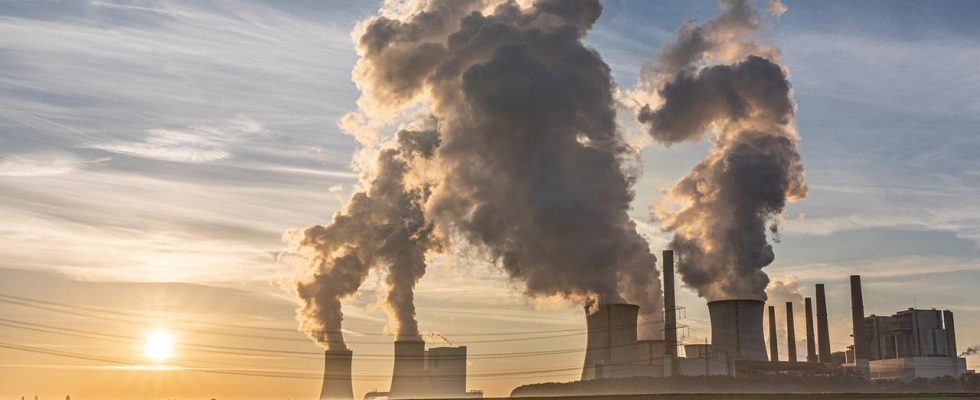Interesting facts about the important greenhouse gas
The second most important greenhouse gas after water vapor, carbon dioxide, currently makes up only about 0.04 percent of the earth’s atmosphere – why can it have such a dramatic effect and have there not been strong fluctuations in its concentration in the past?
The short-wave rays of the sun reach the interior through the glass panes of a greenhouse. Their energy heats the air in the greenhouse. However, the heat radiation is blocked by the glass and thus remains trapped where it is desired and allows the tomatoes to ripen faster. The situation is similar, albeit somewhat more complicated, in the atmosphere, because there are gases that also absorb short-wave solar radiation. For example, the ozone layer at an altitude of about 22 km filters a large part of the high-energy UV-B radiation that causes skin cancer in us.
Each gas in the atmosphere filters out characteristic wavelengths of the light spectrum. Due to the prevailing temperature on the earth’s surface, the earth emits thermal radiation in a wavelength range between about 5 and 50 µm (millionths of a meter). And it is precisely in this so-called spectral range that the absorption bands of CO2 lie, so it absorbs the radiation of these “colors” and partially converts the energy received into heat. However, CO2 is by no means the only greenhouse gas. By far the most effective is water vapour, which is responsible for about 88 percent of the natural greenhouse effect. Without greenhouse gases, the temperature on the ground would be well below freezing.
Water vapor and carbon dioxide complement each other perfectly when it comes to absorbing terrestrial radiation, because in the spectral range where water vapor is permeable to heat rays, the CO2 filters and vice versa. Therefore, the CO2 content and the world mean temperature are closely linked, as has been learned from the analysis of ice cores from Greenland and Antarctica. Because the eternal ice contains small air bubbles that have survived thousands of years, trapped up to several kilometers deep in the ice shells, and in them the air from that time.
CO2 concentration over the past 800,000 years
Over the past 800,000 years, carbon dioxide concentrations have fluctuated between about 170 and 300 ppm (parts per million, parts per million of air). The rhythm of these fluctuations coincides exactly with the course of colder and warmer epochs, the so-called ice ages and interglacial periods. The last ice age ended about 11 thousand years ago and we are currently in an interglacial period, the so-called Holocene, which was characterized by a CO2 concentration of about 280 ppm until about 150 years ago.
Due to the burning of fossil fuels that have been stored underground for millions of years and have been withdrawn from the natural carbon cycle, the CO2 concentration has increased to the current 421 ppm (as of July 17, 2023). This is the highest level for at least 800 thousand, maybe even 20 million years.

